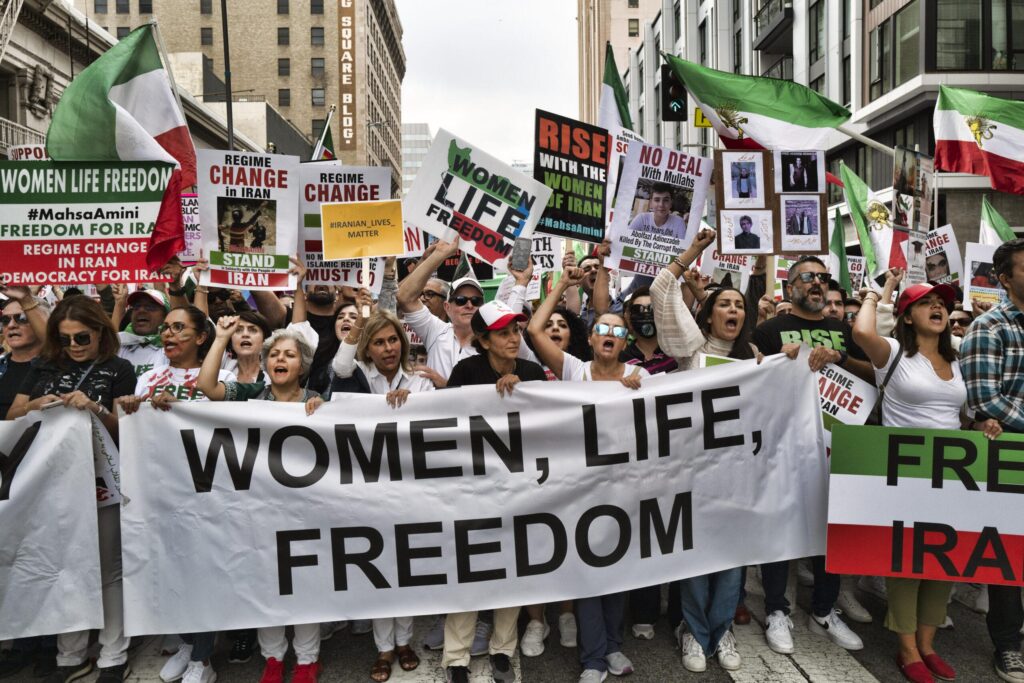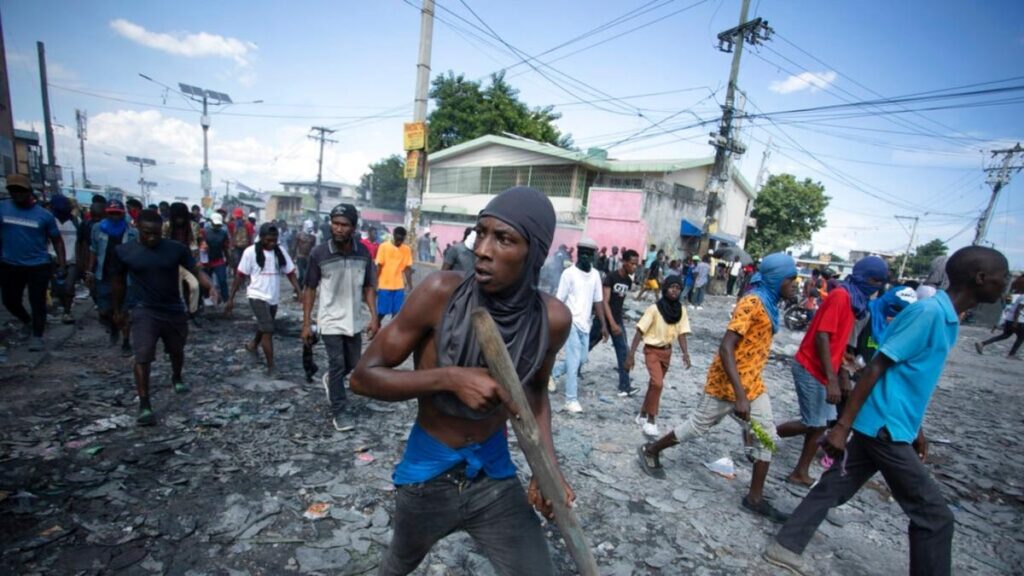In the shadowy corridors of power that wind through Tehran’s political landscape,a storm is brewing—one that threatens to challenge the very foundations of Iran’s theocratic hierarchy. Ayatollah Ali Khamenei, the nation’s supreme leader, finds himself navigating treacherous waters as internal dissent rises like a persistent tide, challenging his decades-long grip on authority. The whispers of discontent, once muted, now echo through government halls and revolutionary guard barracks, signaling a potential seismic shift in Iran’s complex power dynamics. In the labyrinthine corridors of power,cracks are emerging within Iran’s hierarchical political structure,revealing deep-seated tensions that challenge the authority of Ayatollah Ali Khamenei. The supreme leader,long considered an unassailable figure,now confronts unprecedented internal dissent that threatens the stability of the regime.
Recent months have exposed a growing fracture between hardline traditionalists and reformist factions, with critical voices emerging from unexpected quarters. Influential clerics and political strategists are quietly questioning Khamenei’s leadership approach, particularly regarding economic policies and international relations.
The widespread protests triggered by Mahsa Amini’s death have further eroded the regime’s credibility, exposing vulnerability in the leadership’s grip on social dynamics. Internal criticism has intensified, with some conservative circles suggesting that the current governance model may be unsustainable.
Revolutionary Guard commanders,traditionally loyal to the supreme leader,are showing signs of strategic disagreement. Some military strategists argue that the confrontational foreign policy has isolated Iran economically and diplomatically, undermining national interests.
Economic challenges have amplified the internal discord. Sanctions, currency depreciation, and persistent unemployment have created meaningful pressure on the regime’s legitimacy. Progressive elements within the political establishment are advocating for fundamental structural reforms, challenging the supreme leader’s long-standing economic paradigms.
Religious scholars are also joining the chorus of dissent, questioning the theological foundations of the current political interpretation of Islamic governance.This intellectual rebellion represents a profound challenge to Khamenei’s ideological framework.
The generational divide has become increasingly pronounced. Younger politicians and activists view the current leadership as disconnected from contemporary social realities, demanding more progressive and inclusive governance models.
Diplomatic circles are witnessing unprecedented candid discussions about potential leadership transitions. While no immediate changes appear imminent,the conversations themselves represent a significant shift in Iran’s typically rigid power dynamics.Regional geopolitical complexities have further complicated Khamenei’s position. Strategic miscalculations in Syria, Yemen, and Lebanon have prompted internal debates about the effectiveness of Iran’s expansionist foreign policy approach.
Intelligence sources suggest that behind-the-scenes negotiations and power realignments are intensifying. Different political factions are strategically positioning themselves, anticipating potential leadership reconfiguration.
The supreme leader’s traditional mechanisms of control are being systematically challenged. His ability to maintain absolute authority is increasingly questioned, not through open rebellion, but through calculated political maneuvering and strategic dissent.
As pressures mount from multiple directions, Khamenei faces the most complex political landscape of his decades-long leadership, with internal fury threatening to reshape Iran’s political architecture.


